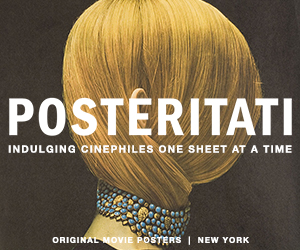Melodramas are often associated with big, obvious emotions, but I can’t imagine a movie exploring the interpersonal dynamics of its characters with more nuance than Douglas Sirk’s Imitation of Life. Make no mistake, it’s a melodrama—there are frequent dramatic developments involving crying and screaming, while bold colors dominate the walls in many scenes. Yet there’s also a sensitivity to those emotions that’s nearly unparalleled in the genre.
In the film’s opening, struggling stage actress Lora Meredith (Lana Turner) and her young daughter, Susie, meet another single mother, Annie (Juanita Moore), and her daughter, Sarah Jane, at the beach. They hit it off and move in together to provide mutual support, despite the apparent racial barriers (Annie is Black, although Sarah Jane is light-skinned enough to pass as white). It isn’t long until they fall into familiar roles based on class and race, however—especially once Lora’s career takes off.
The racial dynamics are the most fascinating element of Imitation of Life, even if more time is given to Lora’s career and her on-again, off-again relationship with a photographer (John Gavin). The movie admires Lora’s independence and ambition, while recognizing that it comes at a familial cost, especially as her daughter (played by Sandra Dee as a teen) grows older.
Turner, who was so good in a somewhat similar role a few years earlier in The Bad and the Beautiful, wears these contradictions well, though one wonders what Joan Crawford might have done with the part. Susan Kohner, who plays Sarah Jane as a teen, has some of Crawford’s ferociousness; struggling bitterly to establish her own identity, Sarah Jane is both monstrous and pitiable. As for Moore, her Annie seems a bit saintly at first, until you pay attention to the few zingers she softly drops here and there. (“You never asked,” she says when Lora expresses surprise, a good decade into their relationship, to find out that Annie has friends outside of their shared home.)
Sirk, as was his wont, splashes color onto the screen to great effect—including the use of a brilliantly red fire hydrant and a corresponding sign for Chrismas trees in one sequence. Still, the movie’s best scene involves two faces: Moore’s, when Annie pretends to be Sarah Jane’s nanny in front of her daughter’s white roommate; and Kohner’s, as Sarah Jane mouths the words, “Goodbye Mama,” in response, so that her roommate can’t hear. It’s devastating—a melodramatic moment with lasting, emotional heft.
(3/29/2023)



